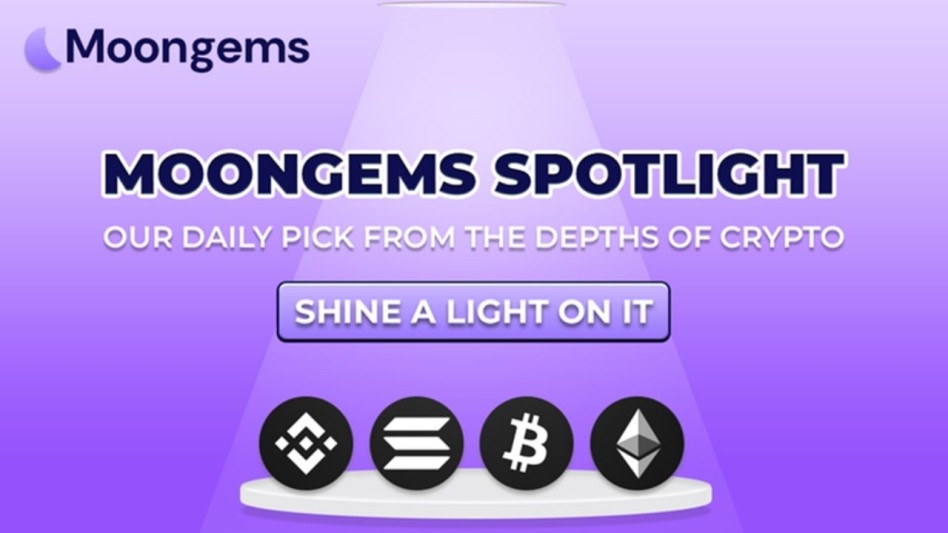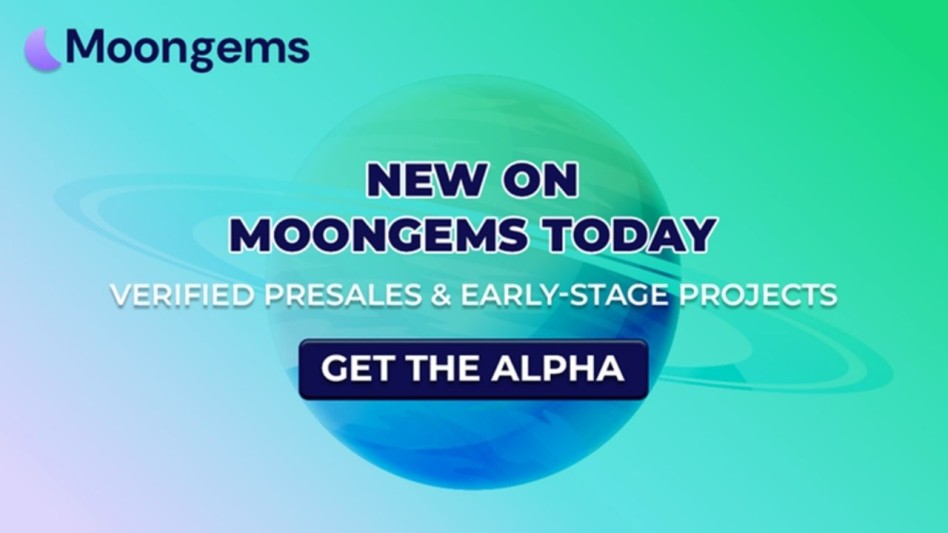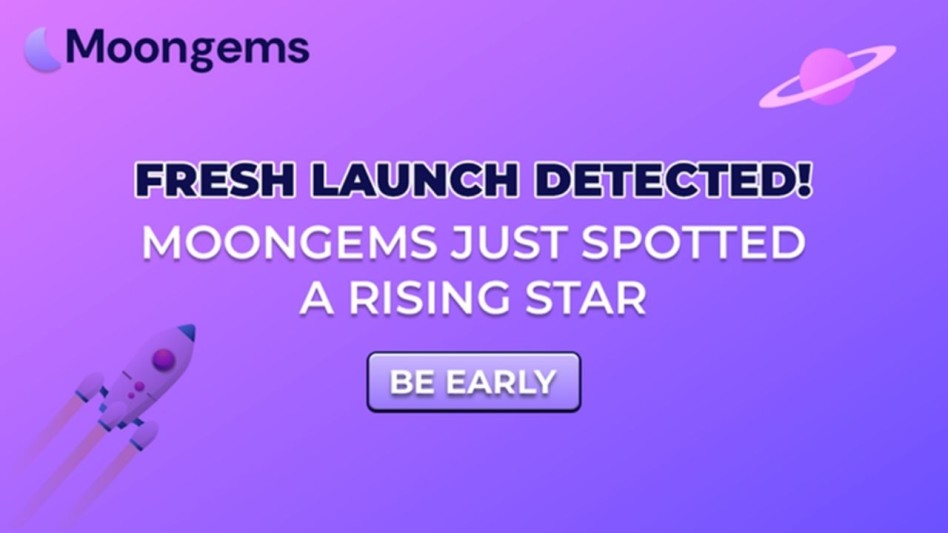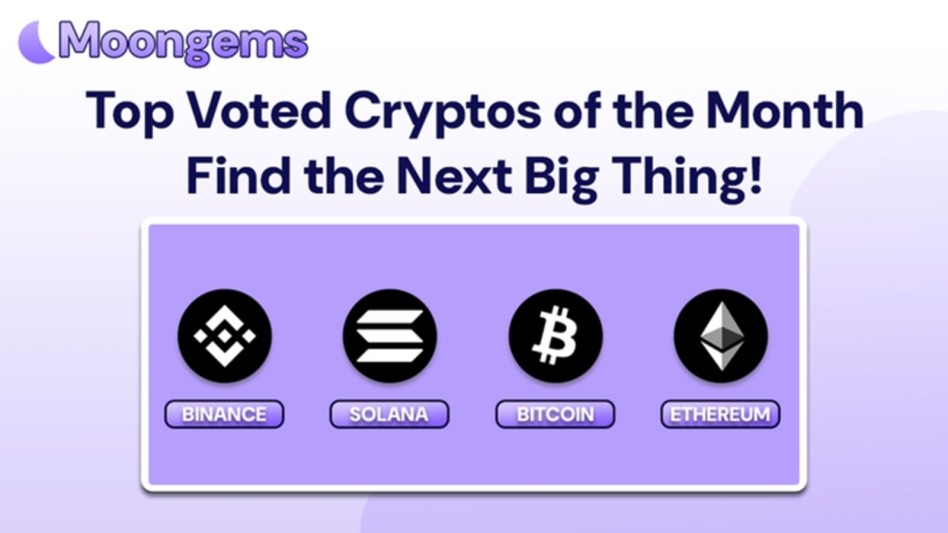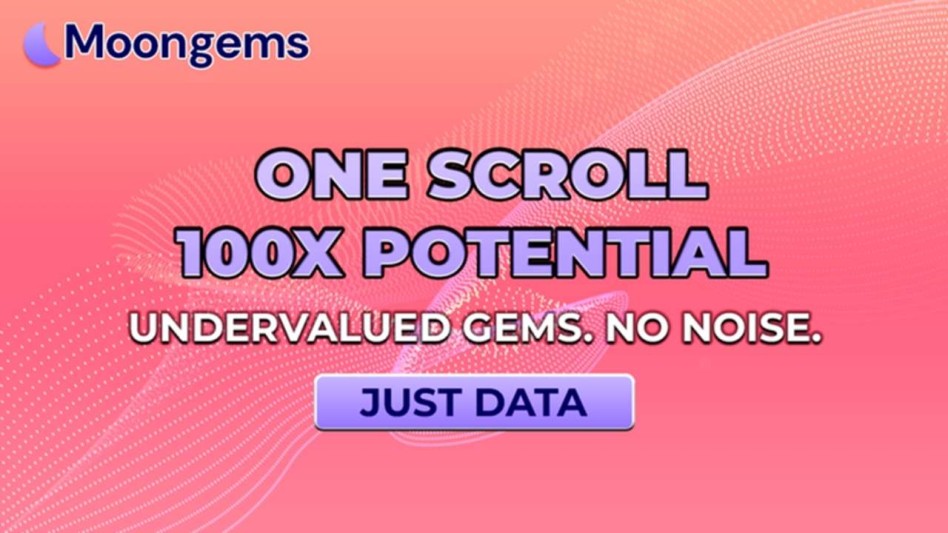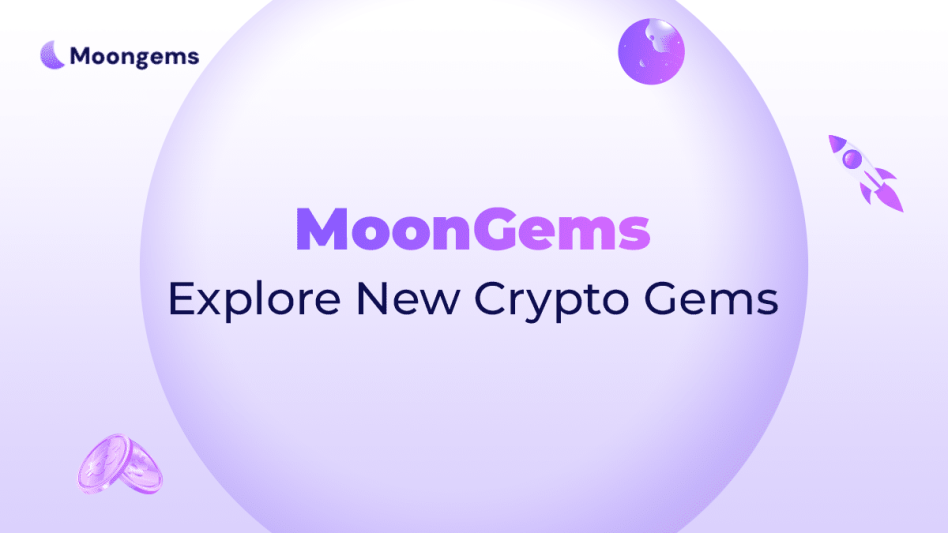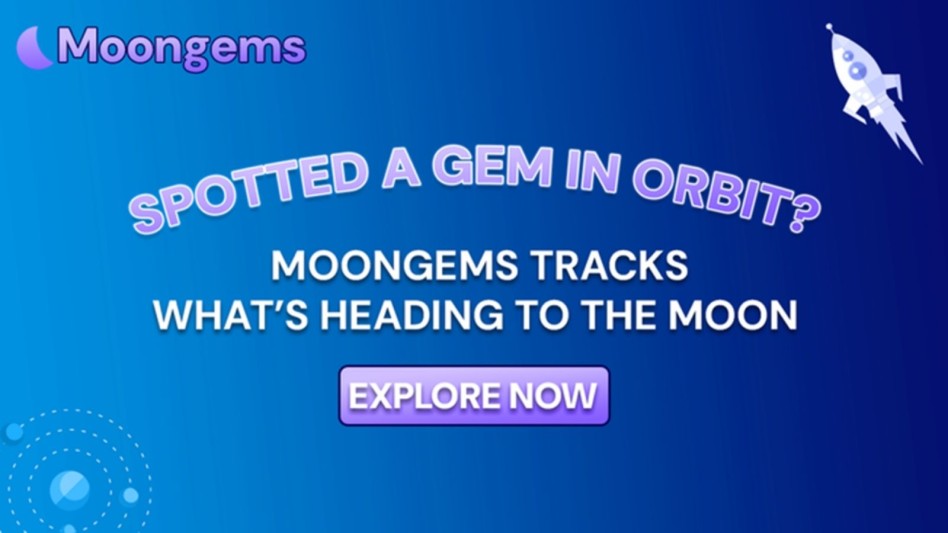Author: Jawad Hussain – Crypto Analyst & Web3 Researcher | 9+ years tracking presales, IDOs, and token launches. Follow him on X (formerly known as Twitter) and LinkedIn.
In 2025, crypto presales aren’t just popping, they’re exploding. Launchpads are stacked with projects, narratives are flying at light speed, and every Telegram group sounds like it’s hosting the next 100x. However, while most retail investors rush in blindly, serious capital allocators approach the situation differently.
Smart investing isn’t about aping into every token that trends. It’s about how you allocate; what you buy, how much, when, and why.
MoonGems, a leading early-stage discovery platform, makes it easy to track the hottest new presales across chains. But spotting opportunities is only half the battle. This article unpacks what to do next: how to allocate your capital across presales like a professional, not a gambler.
1. Start with Conviction, Not Curiosity
Crypto presales are high-risk by design. The mistake most investors make? Spreading $100 into 10 different coins, hoping one takes off. This shotgun strategy leads to diluted returns and low-conviction portfolios. Real investors don’t chase, they prioritize.
The smarter move is a conviction-weighted allocation. Based on project fundamentals, tokenomics, KYC/audit status, and roadmap progress (easily filtered on MoonGems), select your top 2–3 picks and allocate meaningfully.
Example:
- High-conviction project (deep research, great utility, strong backers): 50% of your presale budget
- Mid-conviction (decent traction, but unproven): 30%
- Wildcard (meme, hype-driven): 10–20%
You don’t need to buy every “gem.” You need to size up the right ones. Conviction multiplies outcomes.
2. Allocate in Stages, Not All at Once
Presales move through multiple rounds. The earlier you invest, the lower the price, but the higher the uncertainty. That’s where many investors go wrong. They either go all-in during Stage 1 or wait too long and buy at inflated final-stage prices.
A strategic approach is staged allocation; think of it as DCA (Dollar Cost Averaging) within a presale.
Start small in early rounds (5–10% of total allocation). Scale up in later stages only if the project hits key checkpoints: dev logs, audit reports, social traction, or MVP demos. MoonGems tracks KYC, audit status, and verified milestones, use it to validate conviction as the presale progresses.
This keeps you from overexposing to vaporware while allowing you to increase exposure when the project proves itself.
3. Cap Allocation Per Project to Avoid Emotional Overreach
Presales are designed to trigger FOMO: countdown clocks, limited spots, price jumps. It’s easy to get swept up in hype and overallocate. That’s why smart investors set hard caps for each project before investing.
As a general rule, no single presale should account for more than 20% of your total crypto presale budget, regardless of its promise. That includes even the ones ranked highest on MoonGems’ trending list.
Let fundamentals guide your allocation, not the Telegram noise. Projects that check all boxes: real dev team, strong tokenomics, locked liquidity, audited contracts, earn a larger slice. But the cap still holds. Discipline protects capital.
4. Diversify Across Models, Not Just Tokens
Buying 10 random presales isn’t diversification. That’s just clutter. What seasoned investors do is diversify across token models and verticals.
Here’s how:
- Allocate across infrastructure, utility, meme-narrative, and gaming/metaverse categories
- Balance short-term hype plays with longer-term protocol bets
- Mix chains and communities, don’t just go all-in on Solana or Ethereum-based launches
MoonGems categorizes projects by chain, type, and tags, such as “GameFi,” “KYC verified,” or “Deflationary.” Use those filters to spread risk intelligently. True diversification is about strategy, not volume.
5. Reallocate After TGE Based on Performance and Delivery
Your presale plan shouldn’t stop at token launch. Once TGE (Token Generation Event) happens, it's time to reassess performance and execution.
Ask:
- Did the token list on schedule?
- Is liquidity locked?
- Is the price holding or bleeding?
- Has the team shipped anything post-TGE?
If the project fails these checks, consider cutting your position. If it’s gaining traction and delivering as promised, you may want to increase your exposure.
MoonGems lets you track post-launch sentiment and price performance. Watch how community interest shifts. The best investors reallocate dynamically, not emotionally. Profits compound when you move capital from underperformers to breakout winners.
Conclusion: Allocation Is Strategy, Not Guesswork
Presales are noisy. Every project looks like the next “moonshot.” But the difference between a breakout portfolio and a bag of dead tokens isn’t luck, it’s allocation.
Allocate by conviction, not hype. Scale by stages, not emotion. Diversify by models, not coin names. And reallocate after TGE based on facts, not feelings.
MoonGems helps you discover what’s trending early, but it’s how you allocate once you find them that separates winners from watchers. Don’t just chase gems. Build a portfolio that earns them.
Explore MoonGems.io, the platform trusted by early-stage investors to discover verified presales, filter by audits and KYC, and build conviction before capital. Find your next gem before the crowd.
Frequently Asked Questions (FAQs)
How much should I invest in one presale?
No more than 10–20% of your total presale budget. Use MoonGems filters to prioritize high-quality, audit/KYC-backed projects.
Should I invest in the earliest stage or wait?
Stage early if you trust the fundamentals, but scale in over time as the team delivers. Use milestones and external verifications to build conviction.
What’s the best diversification method for presales?
Diversify by token category, chain, and use case. Don’t overload on one niche or narrative. MoonGems tags help sort these projects effectively.
Should I exit after TGE or hold?
Depends on delivery. If the project hits its roadmap and gains traction, hold. If it stagnates post-launch, consider rotating capital out.
How do I avoid presale scams or overhyped flops?
Use platforms like MoonGems to filter for audit status, team transparency, and social traction. Combine research with allocation discipline.
Glossary of Key Terms
Presale: Early fundraising round of a crypto project, before public listing.
TGE (Token Generation Event): The official token launch/distribution event.
Staged Allocation: Investing in multiple rounds of a presale instead of all at once.
Conviction-Based Investing: Allocating more capital to projects that meet strong due diligence standards.
Reallocation: Adjusting portfolio based on project performance after listing.
Article Summary
Crypto presales in 2025 offer huge upside, but only if you allocate capital intelligently. This MoonGems guide walks investors through a structured, high-conviction approach to presale investing: how to size your bets, stage your entries, diversify across models, and manage risk post-TGE. Learn how serious investors avoid hype traps, apply allocation caps, and use MoonGems’ real-time discovery tools to find and fund only the highest-potential early-stage projects. If you’re serious about building a presale portfolio that lasts, start here.
Disclaimer
This article is for educational purposes only. It does not constitute financial advice or a recommendation to buy, sell, or hold any asset. Always do your own research or speak with a licensed advisor before investing in crypto or digital assets.



